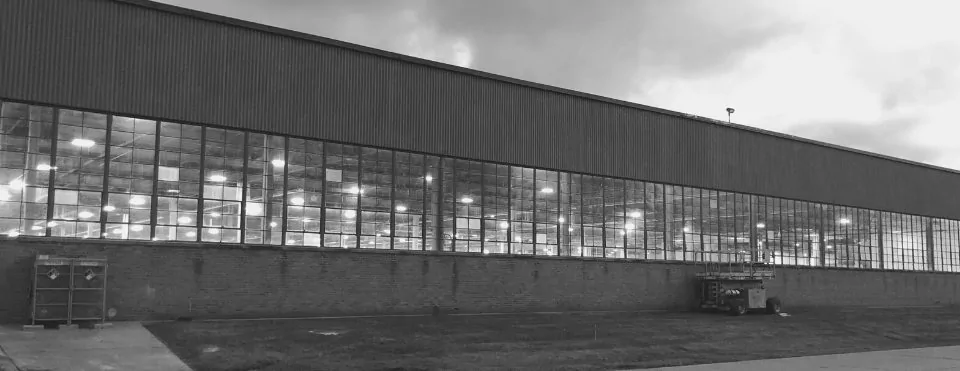What is the Best Way to Control an ERV?
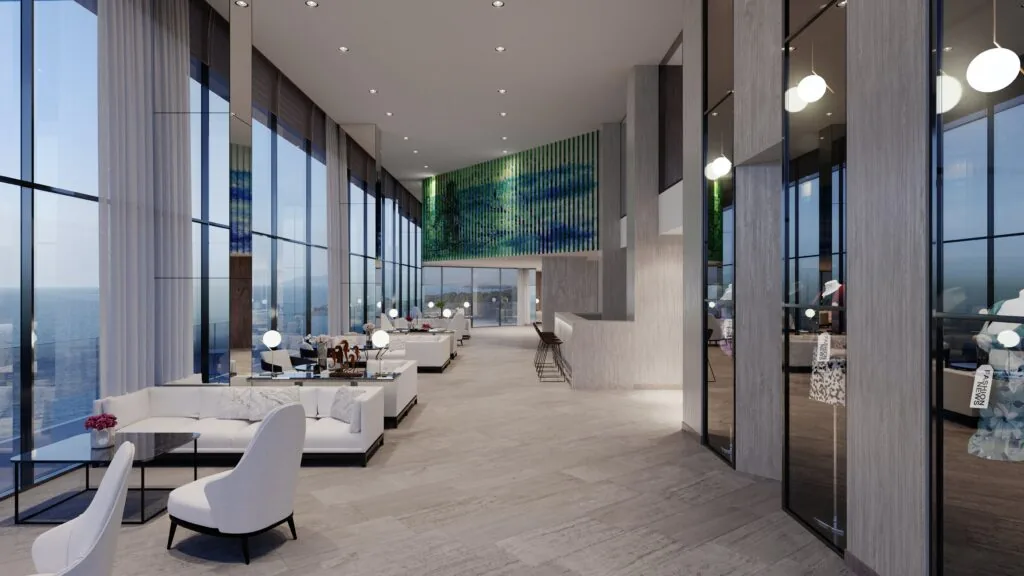
Feb 26 2024
An Energy Recovery Ventilator, or ERV, is a type of ventilation system that help to improve the air quality in your building. The ERV does this by bringing in fresh air from outside and exhausting stale air from inside, while recovering the energy in the air that is leaving and passing it along to the air entering.
This is one of the most sustainable products in the market, and used in combination with a heat pump system, can create efficiencies up to 600% more efficient than a standard electric system. This article talks about the best control strategies for Energy Recovery Ventilators.
What is the Efficiency of an ERV?
The Energy Recovery Ventilator can be up to 93% efficient in transferring energy from outgoing air to ingoing air. That means instead of heating or cooling all of that incoming air, you only need to heat or cool 7% of that air. It really makes a dramatic difference in terms of design, as well as energy savings.
The Energy Recovery Ventilator products we prefer do this by simply using a highly efficient set of motors to blow air in one direction for the incoming air, as well as the air entering. By using two motors blowing in opposite directions, the ERV system can also optimize and help balance the air in the building. The rest of the work is done with a membrane system that allows both heat and humidity to be transferred across the barrier in a passive methodology, so again the only work being done is by the fans in terms of energy usage in most climates.
What About Extreme Cold for an ERV?
One of the most unique parts of an ERV is that it is removing moisture even during very cold weather, and evacuating the water from the system. This can lead to frozen moisture if the system is not warmed up. At startup, and this is very important for the rest of this article, the system can start during very cold temperatures. To “warm” up the unit, there is an electric preheater. Since electric preheat is very inefficient, we prefer for this not to run unless absolutely needed. The preheater helps get the unit warmed up, and then backs off so the motors can do their work.
At some points during this process, depending on the brand and type of ERV that you have, the system may bypass and skip the core of the unit, leading to colder air entering the space than designed. This can really impact the timing of the control strategy for an ERV and when and how often you want them to be turned off.
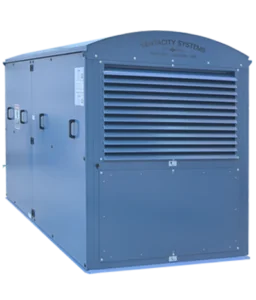
What Are the Options for Controlling an ERV?
The three ways you can control an ERV is scheduling, Demand Control Ventilation, or constant air volume.
Constant Air Volume, or CAV, is the simplest. This means that the ERV is always running and providing fresh air to the space. This can be for buildings that are open 24 hours, or that have another reason to always provide air circulation. We have sometimes set constant air volume for spaces with high ceilings, to create a movement of air to help stratify the environment.
Another solid way to control your ERV is through Demand Control Ventilation, or DCV. This form of system control uses CO2 sensors in the space to help determine when people are in the space. This means that the 7% of reheating or recooling the air only happens when folks are actually in the space for a long enough time. If a small office has a single person in it for the day – likely the CO2 you breath out is not enough to drive the CO2 up high enough to trigger the system to turn on. But if 10 people are in that space, it will likely be enough to bring in outside air within about 30 minutes. This is demand controlled – meaning the system brings in outside air when it is needed.
Finally, you can schedule an ERV to run when the building is occupied. This is a great solution when you want to save the money on the CO2 sensors (which cost about $350 each) or when you have a very predicable schedule for a building. It can also be beneficial when you want to start bringing in fresh air before anyone enters the space, for some particular reason.
Which is the Best Control Strategy for ERVs?
In our experience with over 10 ERV systems installed – we find Demand Control Ventilation, or DCV, to be the best overall strategy. However, there are a time and place for each.
The reason we like the Demand Control setup is that you can always adjust to the other two scenarios after you start the system if you have the DCV CO2 sensors. You can run a schedule with or without the CO2 sensors giving input, you can run it all the time, and you can do a variety of any of these. But, without the CO2 sensors from the onset, you won’t be able to run DCV.
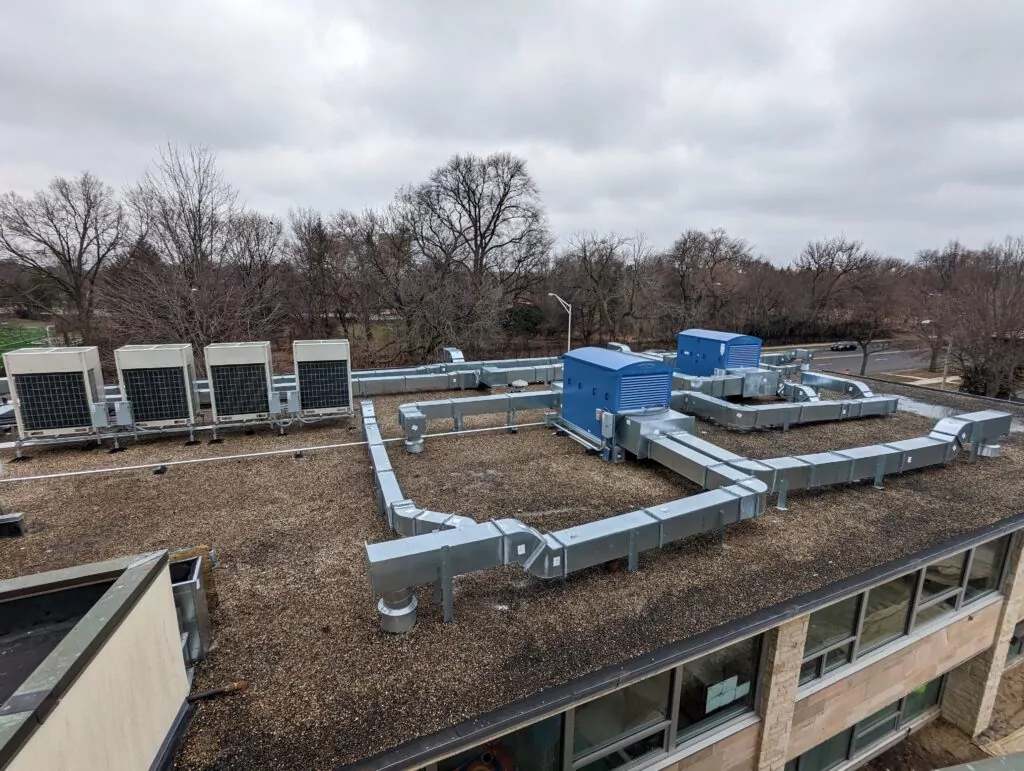
How Do You Make Changes to the ERV System?
ERVs typically come with a controller that you can schedule and run after startup of a system. The controller is best run into the space it is controlling, so you can make adjustments inside of the building without having to go on the roof or mechanical rooms.
Most systems can also be BACnet controlled, which means that they can work with a Building Automation System. This can give you full control over an ERV system, but it does require upgrades to the software over time.
The UBX system from Ventacity is a new system that can allow remote access to your ERV system, without needing the BACnet BAS system access. This is exciting because it can allow a full building automation, without the expense of a full system, which is often very expensive. And the UBX system will eventually be able to also control a VRF system, which would really be a full building automation system without the huge expense.
What about the Control Strategy for a Heating Recovery Ventilator, or HRV?
The difference between an HRV or ERV is that an ERV can transfer moisture as well as heat. In terms of how you control them, everything would really be the exact same. So we would recommend a Demand Control Ventilation strategy to control an HRV, and we would always encourage a remote access system like the UBX from Ventacity, when budget allows.
Energy Recovery Ventilators, or Heat Recovery Ventilators, are an incredible benefit to any building in Chicagoland. We encourage DCV controls for these system, as well as to combine them with VRF heat pumps when possible.
Featured Posts
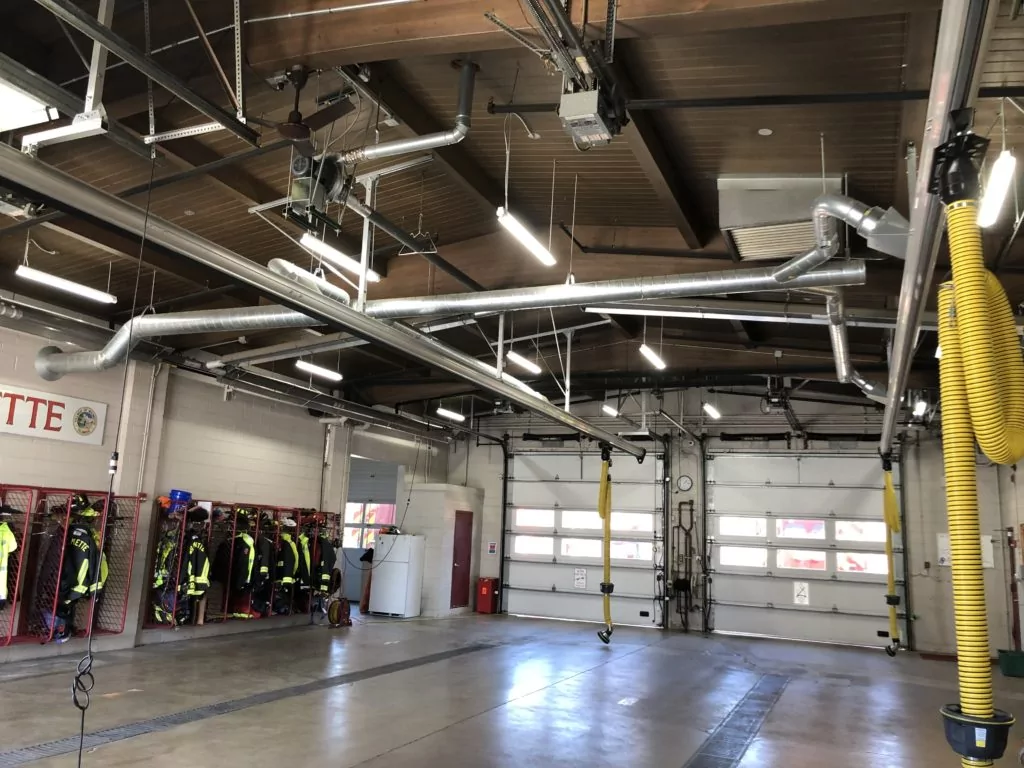
Mar 15 2021
Energy Savings Formula
In 2002, I became a firefighter in the north suburbs of Chicago. I was young and idealistic - loving almost every part of the job. However, I had another secret passion - sustainability. In addition…
Continue Reading >

May 02 2019
Verde Energy Efficiency Experts 10 Most Sustainable Companies in Chicago
In our energy efficiency consulting firm, we constantly look for inspiration from local companies that lead and innovate in clean energy and sustainability. Not all companies have billion dollar budgets, but that doesn’t mean that…
Continue Reading >
Related Articles
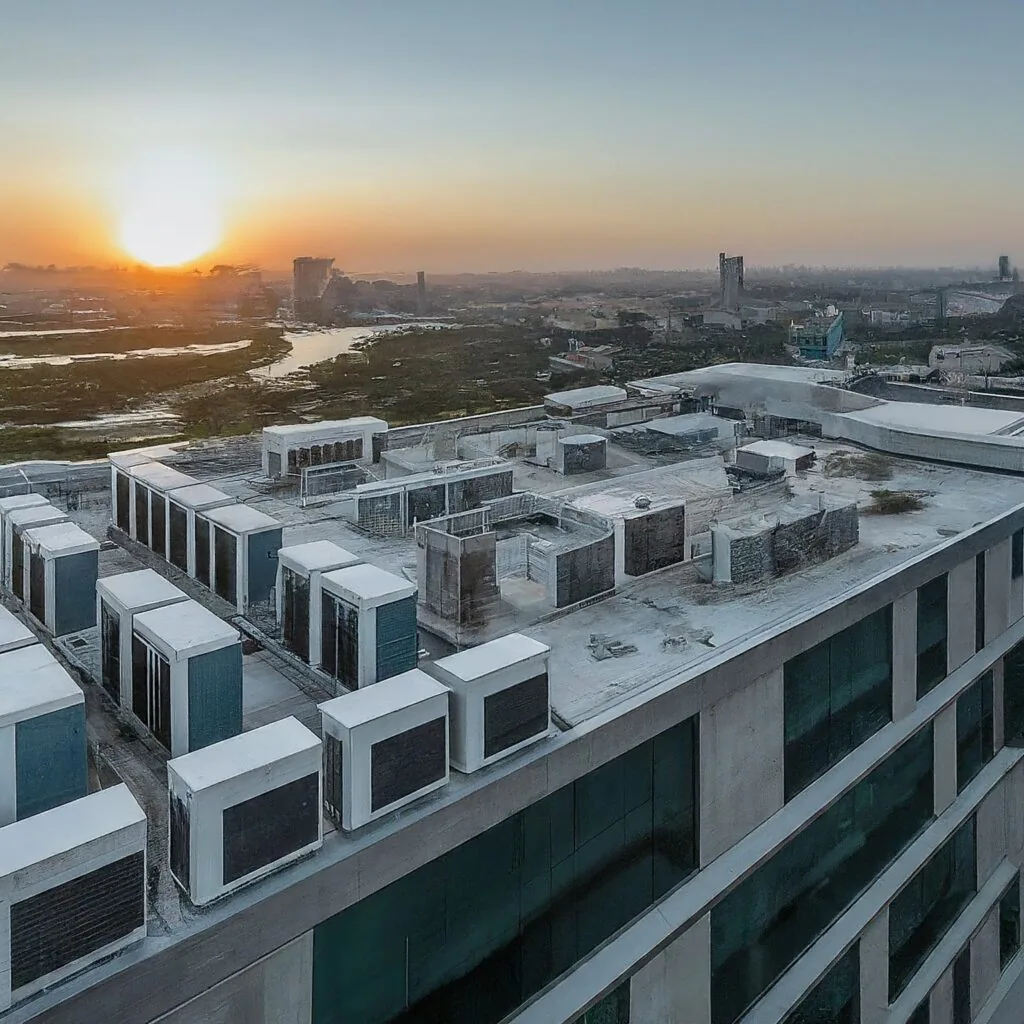
May 08 2024
Decarbonizing Hotels – Is it Possible?
Lower Energy Cost Hospitality with Decarbonization Hotels are huge energy users - with a lot of guests that come and go quickly, keeping them comfortable is no small task. As we look ahead at decarbonization…
Continue Reading >
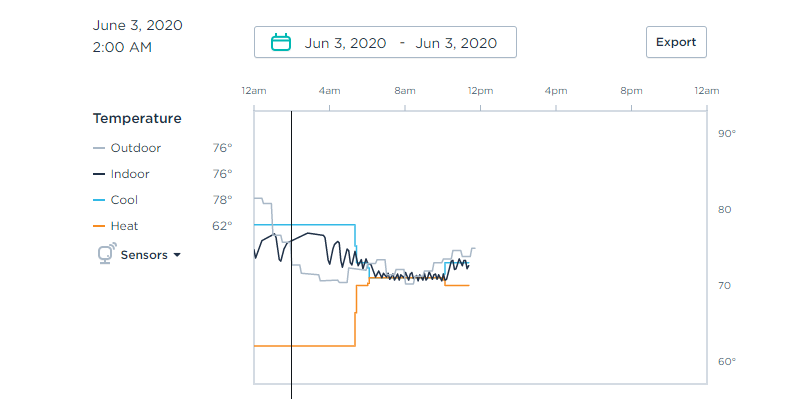
Feb 26 2024
What is Demand Control Ventilation?
Outside air for building, brought in via a rooftop unit, a Direct Outside Air System, or via an Energy Recovery Ventilator, are important for many reasons due to code. Fresh air is required in public…

